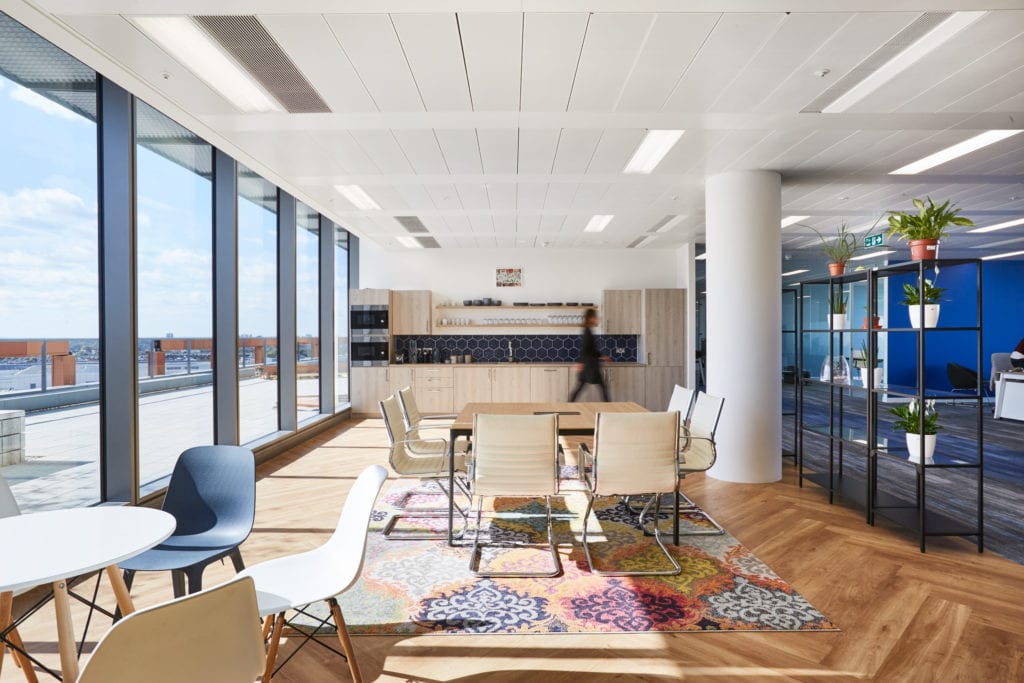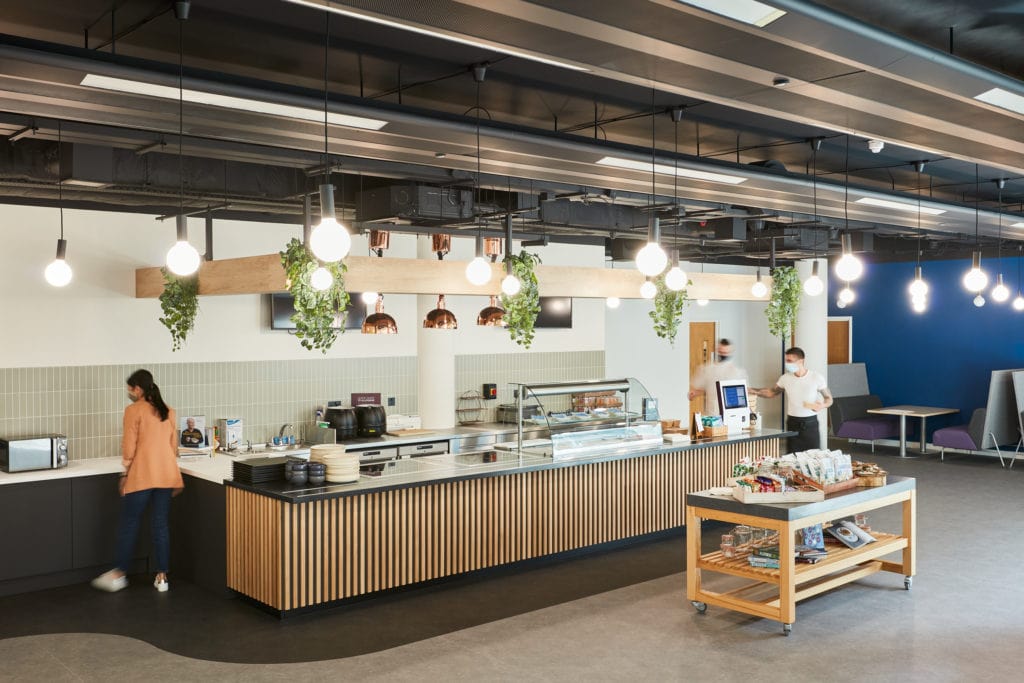What we do
Combining our three core specialisms with cross sector experience from a world-class team, we transform businesses through the built environment and enhance the way people work.
With technology and research methods spurring rapid change to Life Sciences development how are our workplaces changing in response?

With research methods in the Life Sciences sector rapidly changing at an unprecedented rate in recent years, so must the design and build of their workplaces. Combined with the proliferation of workplace expectations amongst wider sectors and a shift to more well-being focussed organisational agendas, the modern workplace for the Life Sciences sector now encourages multidisciplinary co-operation and outreach to a wider community of experts.
We’ve taken a look at some of the top modern workplace expectations of tenants in Life Sciences sector and how both new developments and existing buildings are being updated and repositioned to meet the modern demands of applied sciences occupiers.
Not so long ago, technicians portrayed an image of locking themselves away in windowless sterile laboratories. Whilst they may still require the sterile lab’s, to attract and retain the best talent companies need to provide an environment that their staff can enjoy. Many are recognising the requirement for closer alignment of office space and lab space to ensure greater inter-company collaboration.
The design of academic and science workplaces needs to go beyond just offices and cubicles and include areas that support collaboration and employee well-being. Break-out areas, town hall spaces, canteen and other catering facilities, entertainment areas, wellness rooms, and other social and cultural amenities are now all part of the expected make-up of a modern workplace for the Life Sciences sector.

Digital disruption has reached the Life Sciences sector and with many researchers now moving away from conducting physical experiments and instead relying on data and simulation there is an increased desire for scientists to want to be able to access their data and sample management from remote devices and with the same convenience we see in everyday life. Lab software continues to evolve and this along with development of AI and AR being accessible on multiple platforms in multiple locations will only intensify demand for faster and more reliable connectivity in the workplace.
We are seeing many requests from Life Sciences occupiers to reimagination the role that technology plays in their workplaces and make seamless digital solutions to enhance operational and scientific efficiencies.
With many Life Science companies on fast growth paths, they require fluidity and ability to adapt and evolve within their building/campus, ultimately The recent rise in biotech and life science facility expansion has resulted in facilities being built without a specific occupant in mind. In creating these types of spaces the capacity, configuration, and type of the infrastructure being integrated will be designed to accommodate and support as wide an array of research modes as possible. This has become a popular space typology from Life Sciences tenants who are realising their work models change with modern technology, supply and demand needs fluctuating at unprecedented levels.
While flexible spaces many be seen as a more expensive investment, the return is greater in the mid to long-term, given there will be less disruption to the workforce when space uses inevitably evolve in the future.
Lab enabled office space is a more recent term to come to market, given the current increase in demand for Laboratory space against significant reduction in demand for conventional office space mainly due the impact
Although well-being has always been high on the agenda in creating workspaces for the Life Sciences sector, with rigorous safety standards already baked into the culture of life sciences, other elements of wholistic well-being have previously been less of a priority. With three out of four employees expecting their employer to support their health and well-being while at work, including their mental health, as well as physical health, much like everyone else, Life Sciences organisations have began to benchmark current workplace policies, wellbeing offerings and facility conditions against leading safety, health and wellbeing standards.
By taking time to understand employee needs and preferences, you can create a workplace well-being program that honours new values around health, wellbeing and flexibility, which in turn will help you to develop your position in the global race for talent, as well as help ignite innovation and productivity that is the heart of the life sciences industry.Whether it be workplace consultancy assistance you are seeking to understand the well-being desires of your team or you’re looking to adopt more automated technology into your workplace our team of workplace experts are here to help guide you through creating your optimal workplace environment. Talk to us today.